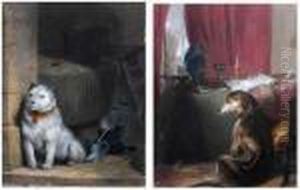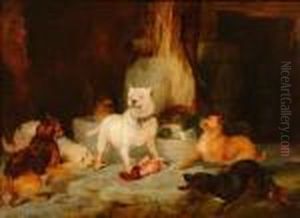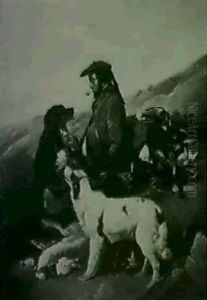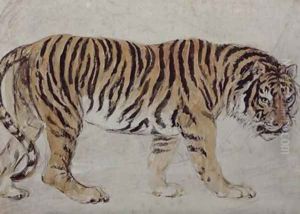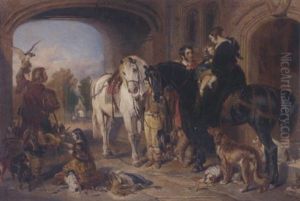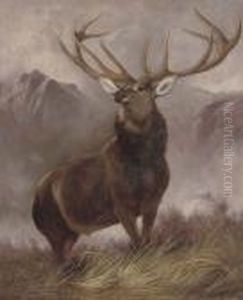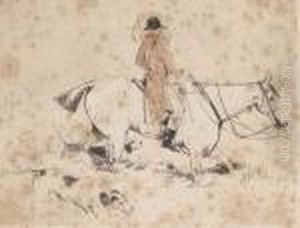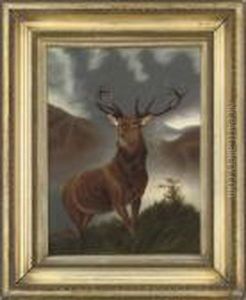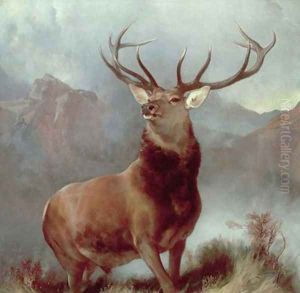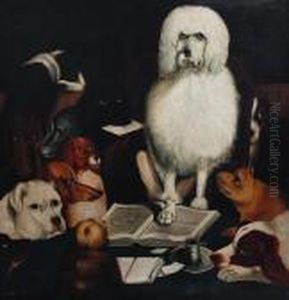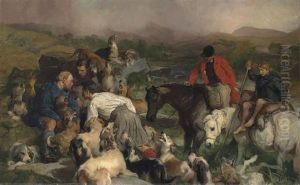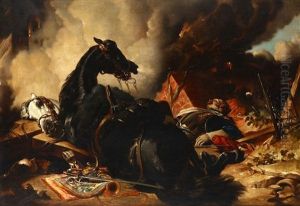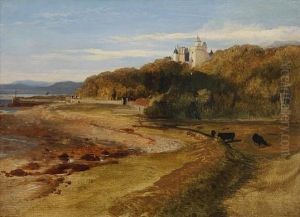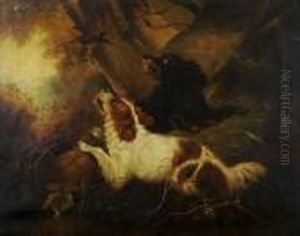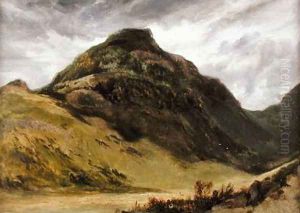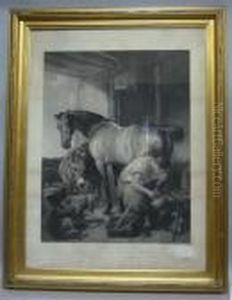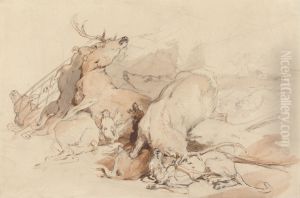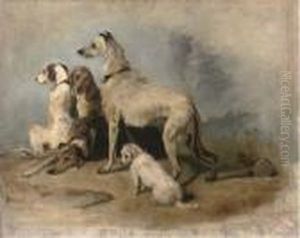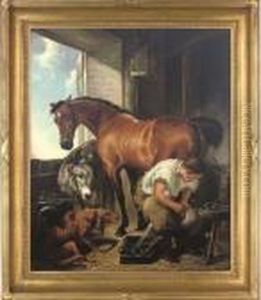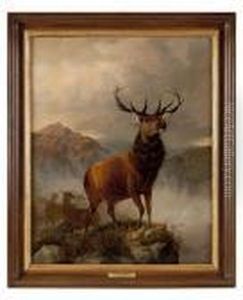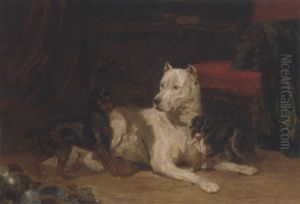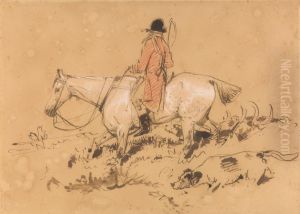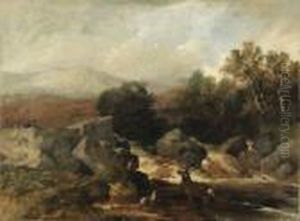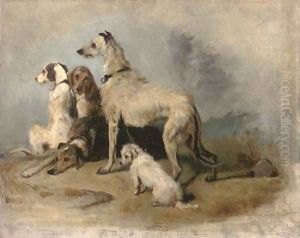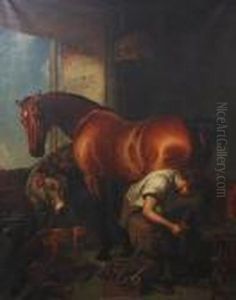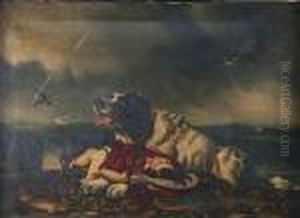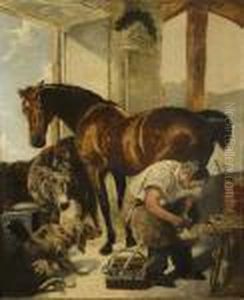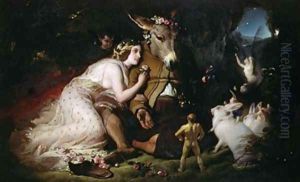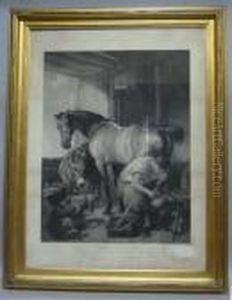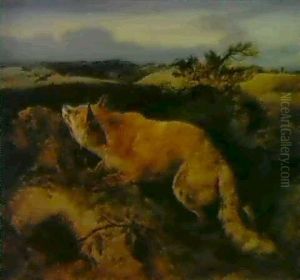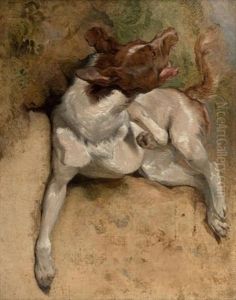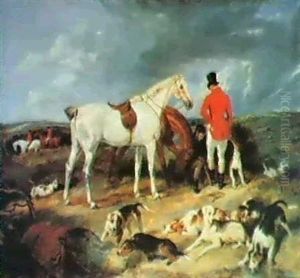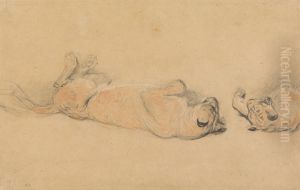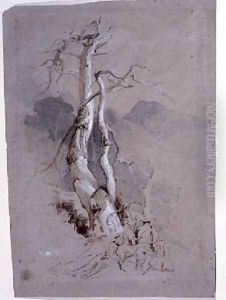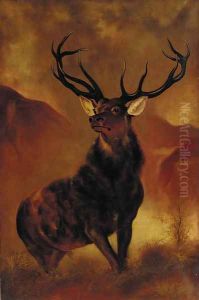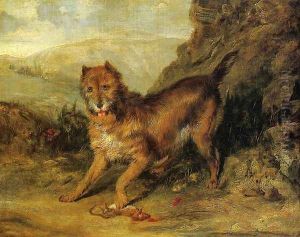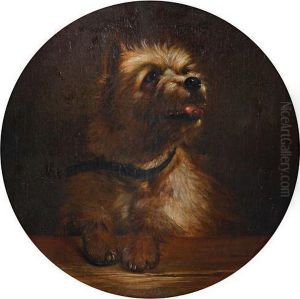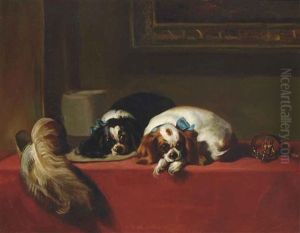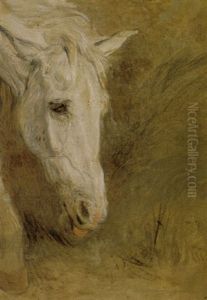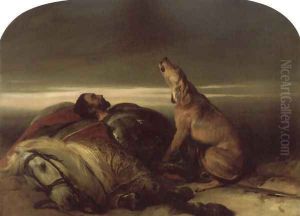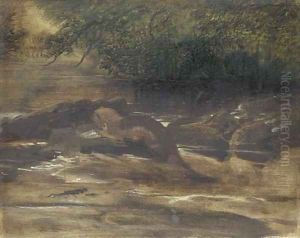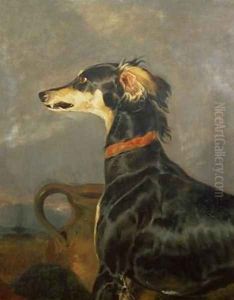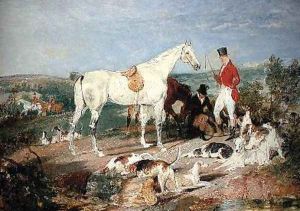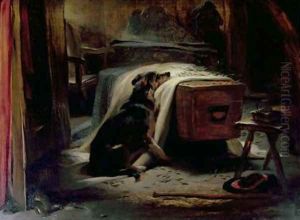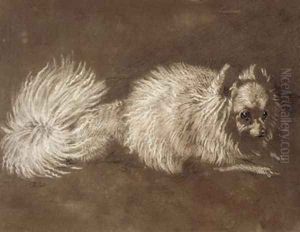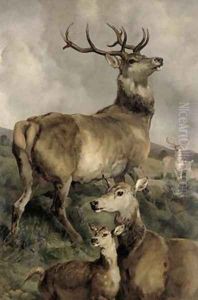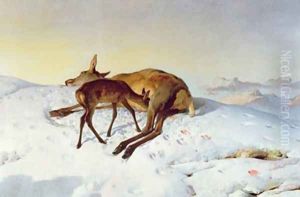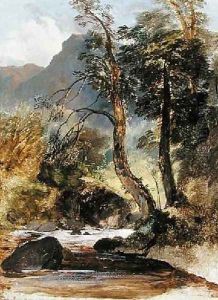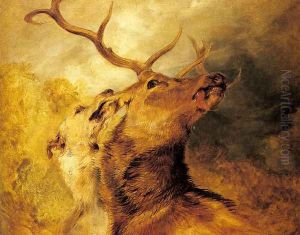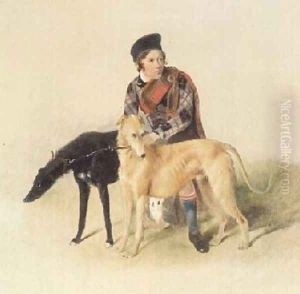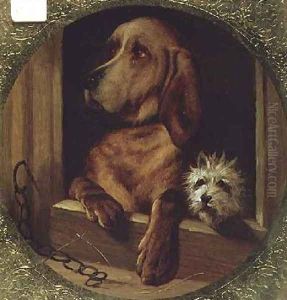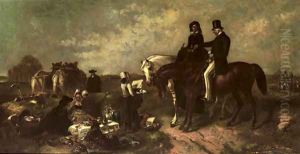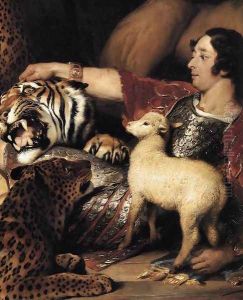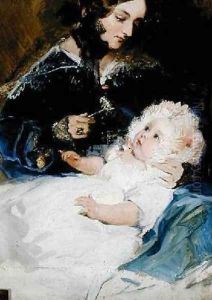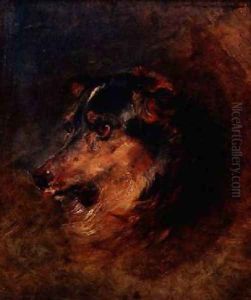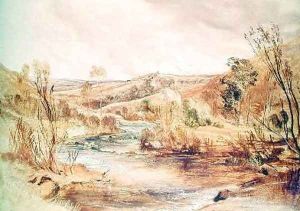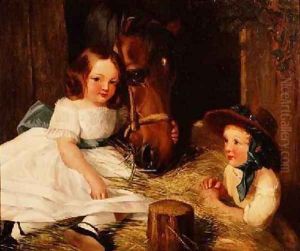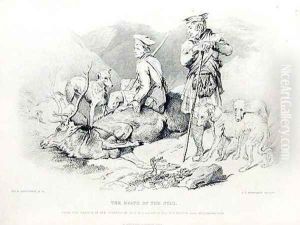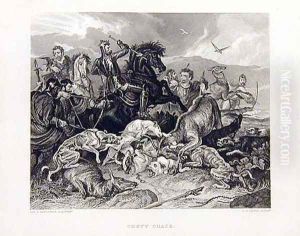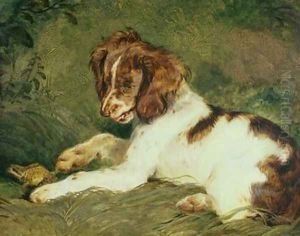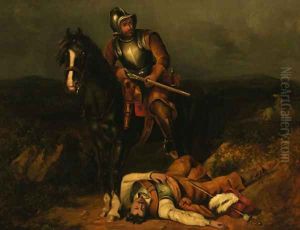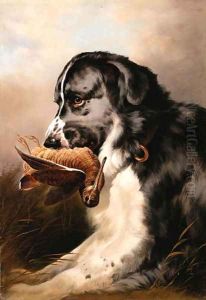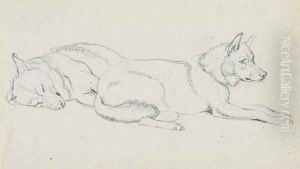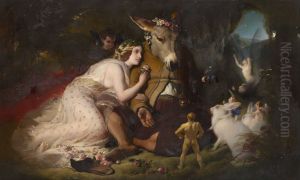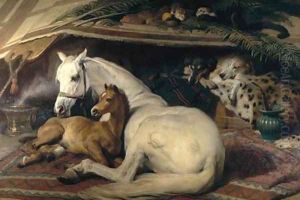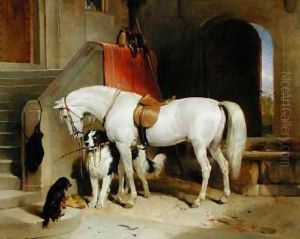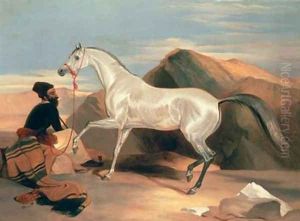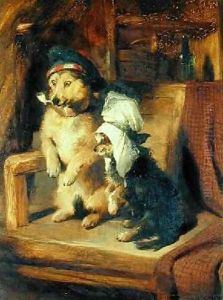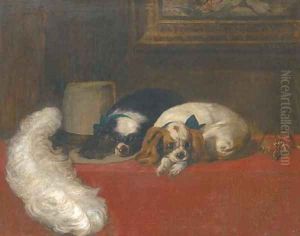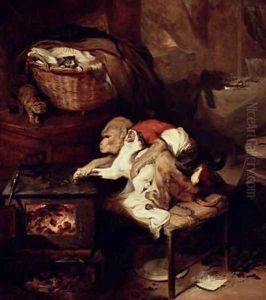Sir Edwin Henry Landseer Paintings
Sir Edwin Henry Landseer was a notable English painter, well-regarded for his portrayals of animals—particularly horses, dogs, and stags. Born on March 7, 1802, in London, Landseer was a child prodigy in the arts, as he exhibited his artistic talents from a very young age. He was the son of John Landseer, an engraver and writer on art. Edwin's aptitude for art was recognized and encouraged early on, and by the age of 13, he had already produced accomplished works.
Landseer's formal training began under the guidance of his father and later, he studied with the history painter Benjamin Robert Haydon. He also attended the Royal Academy Schools, where he honed his skills further. Throughout his career, Landseer's works were characterized by a sense of sentimentality and a high level of technical skill. His ability to capture the personality and emotion of his animal subjects was particularly notable and endeared him to the Victorian public.
Landseer was also known for his work as an illustrator, and he collaborated with various publications of his time. His paintings were so popular that they were often engraved and circulated widely as prints, which contributed to his fame. In 1836, he was knighted by Queen Victoria, who was an admirer of his work, for his contributions to the art world. This recognition made him one of the most celebrated artists of his day.
In addition to his animal paintings, Landseer also received commissions for portraits and historical scenes. Some of his notable works include 'The Monarch of the Glen' and 'Dignity and Impudence.' His sculptures are also well-known, with the lions at the base of Nelson's Column in Trafalgar Square being among the most prominent.
Despite his success, Landseer's later years were marked by bouts of depression, health issues, and a decline in his artistic output. His mental health was a subject of concern, and it affected his work. Nonetheless, he continued to be an influential figure in the art world until his death on October 1, 1873, in London.
Landseer's legacy is still celebrated today for his unique ability to depict animals with emotional depth and technical precision. His works are held in high regard and can be found in art collections and museums around the world.
